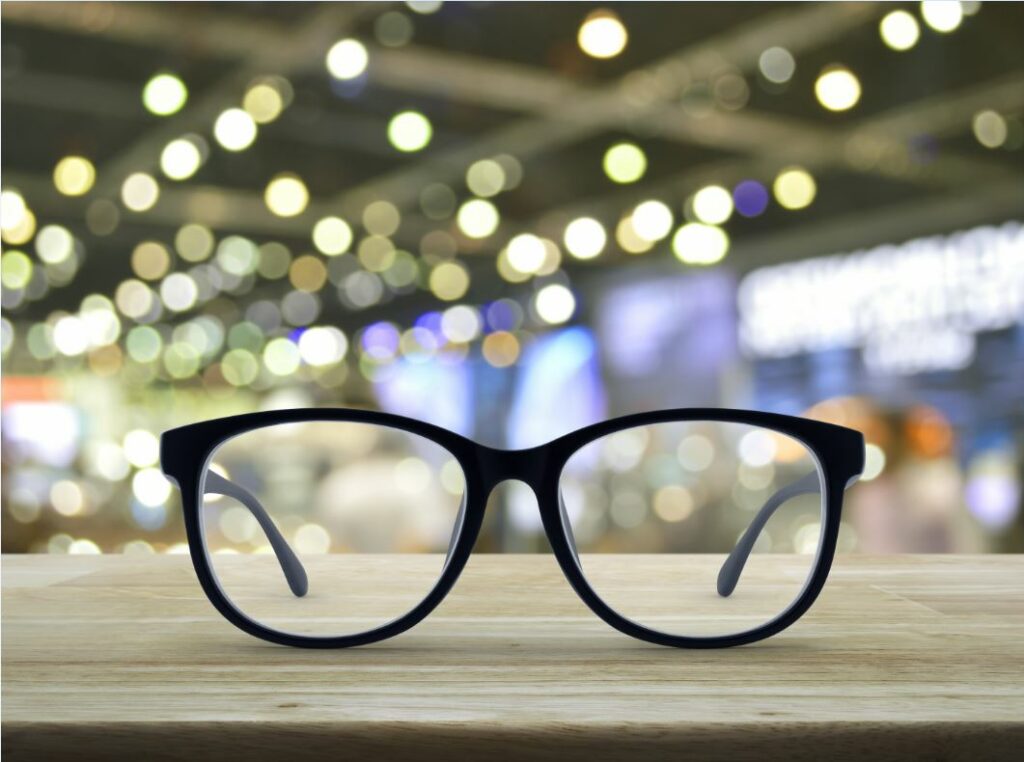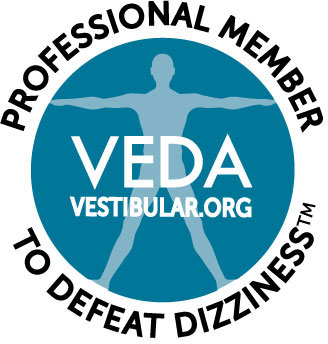Most people understand the term “double vision” literally: seeing a single object twice in your field of vision. However, double vision isn’t always so obvious. In fact, many people with double vision are completely unaware of it, because the brain is good at “tricking” the eyes into thinking they’re only seeing one image rather than two.

If you have double vision but don’t know it, does it really matter? In short—yes. While your double vision might not be apparent, you are probably experiencing other symptoms like headaches, dizziness and even nausea. These symptoms may be caused by the same underlying condition as your double vision: binocular vision dysfunction (BVD).
Read on to learn more about what BVD is, and how it can simultaneously cause double vision and also trick you into thinking you don’t have double vision.
What Is BVD?
BVD is an eye muscle strain condition caused by a misalignment in the eyes. To transmit one clear picture to the brain, your eyes need to be in precise vertical alignment with one another. If they are not perfectly aligned, they will transmit two overlapping images. The brain rejects double vision, so it forces your intraocular muscles (the tiny muscles in your eyes) to “fix” the problem. Unfortunately, doing so requires a lot of work. Eventually, this overexertion causes these muscles to become fatigued and strained, leading to a number of uncomfortable symptoms. So, while you may not experience double vision in an obvious way, you may still experience double vision symptoms including:
-
Headaches
-
Migraines
-
Dizziness
-
Vertigo
-
Nausea
-
Anxiety, particularly in crowded spaces
-
Trouble concentrating
-
Difficulty completing close-range tasks like reading and computer work
-
Neck and shoulder pain
-
Blurred vision
-
Balance issues
Diagnosis and Treatment
Because so many of the symptoms of BVD overlap with other conditions that have nothing to do with vision—such as ADHD or an ear infection—many patients with BVD are misdiagnosed. If you experience the above symptoms, you need to be tested for BVD.
At the Neuro Visual Center of New York, Dr. Cheryl Berger Israeloff is a pioneer in the treatment of BVD and double vision symptoms. To determine whether you have BVD, Dr. Israeloff and her team will perform an in-depth binocular vision exam to check for the tiny misalignments in your eyes that indicate BVD. Administering this exam requires highly specialized training and equipment. This is not something a typical eye doctor can provide, which is why you need to visit a neuro visual specialist.
The standard treatment for BVD involves the use of aligning prismatic lenses which can be prescribed as eyeglasses or, in some cases, contact lenses. Patients who have undergone this treatment have seen their symptoms significantly reduced—or even eliminated. Our treatment has literally changed lives.
If you or a loved one has symptoms of double vision, don’t delay treatment any longer. Call the Neuro Visual Center of New York today at (516) 224-4888.





